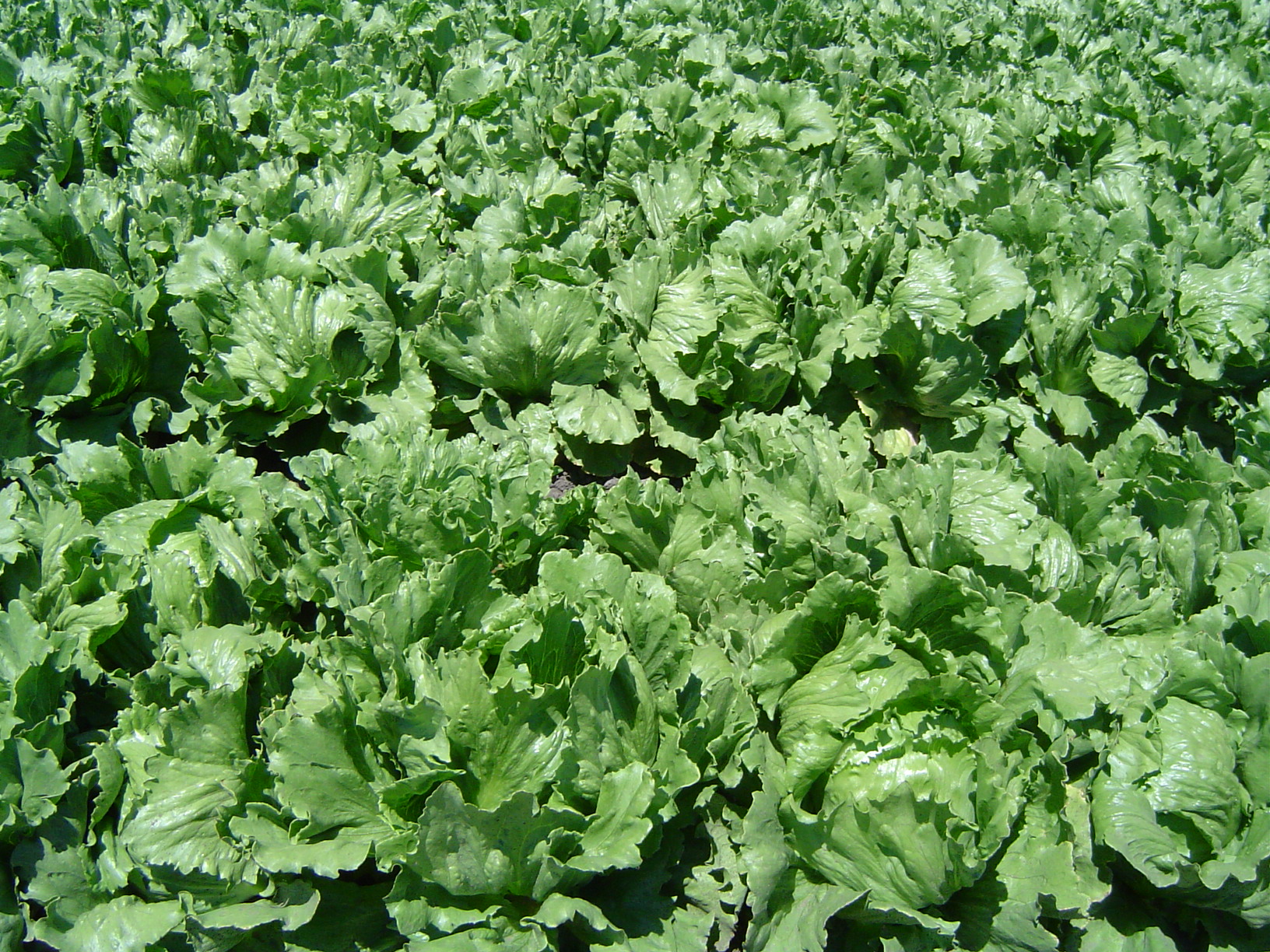
An interesting study from NASA published just recently looks at different LED light recipes for growing lettuce indoors. The US researchers grew the Outredgeous variety of lettuce (part of the Romaine family of lettuces but with red leaves) due to its known sensitivity to the light spectrum, where it was grown for 28 days in a special LED grow light chamber, akin to a grow tent with grow lights, called the Advanced Plant Habitat that is used on the International Space Station (ISS). The grow lights were on for 18 hours per day and a total PAR light output of 180 µmol / m2 / sec was tested using seven different LED light combinations as follows:
| Light Treatments | Abbreviation | Key Lettuce Characteristics Observed |
|---|---|---|
| White only | W | (baseline) |
| Red + Blue | RB | High nutrient concentration & small size |
| White + Blue | WB | High nutrient concentration & small size |
| White + Green | WG | Fast early stage growth |
| White + Red | WR | Fast late stage growth |
| White +Far Red | WFR | Longer petioles & smaller leaves |
| Red, Green, Blue + Far Red | RGB + FR | Largest size |
Blue (B) = 460nm
Green (G) = 520nm
Red (R) = 635nm
Far Red (FR) = 745nm
As others have documented in similar studies prior to this one, the different light combinations had varying effects on lettuce morphology, growth and nutrient content of the lettuces. The new study extended previous work by reaching several conclusions that are likely to be important for any indoor lettuce gardener using electric grow lighting:
- The RGB+FR light combination, used in the same proportions as those of sunlight, produced the largest lettuce out of all seven treatments.
- Somewhat surprisingly, the presence of green light in the RGB+FR mix may have also contributed to the enhanced growth of the lettuce even though in general green light is seen as more detrimental to plant growth. However, this may be more of a species specific effect since lettuce is one of a small group of plant types that are often seen to respond positively to green light.
- Another important observation made in this study was that a bigger lettuce does not necessarily mean a more nutritious vegetable since the two light treatments that produced the smallest lettuces (namely from the RB and WB lighting) turned out to have the highest amounts of nutrients per gram of lettuce. This may be important for those of us where space is in short supply (such as for those on the International Space Station or for indoor gardeners with small grow spaces) where smaller more nutritious lettuce may be something we want. In addition to the elemental nutrients of calcium, magnesium, phosphorus, and potassium that were tested, an important secondary metabolite or nutrient that was also observed was Lutein, which is important for keeping our eyes and vision healthy, and this was seen to be the highest in the RB light combination.
- Finally, a separate more minor observation that was made was that green or red lighting in combination with white lighting (WG and WR regimes) increased the lettuce growth rate in either the early stages only or only in the later stages of lettuce growth, respectively. However the effect these WG and WR light combinations had on lettuce growth over the whole period was ultimately negligible as the o… Click here for complete article

